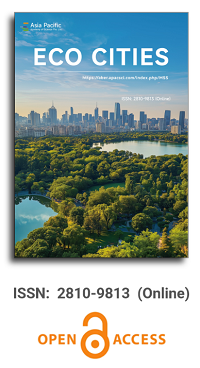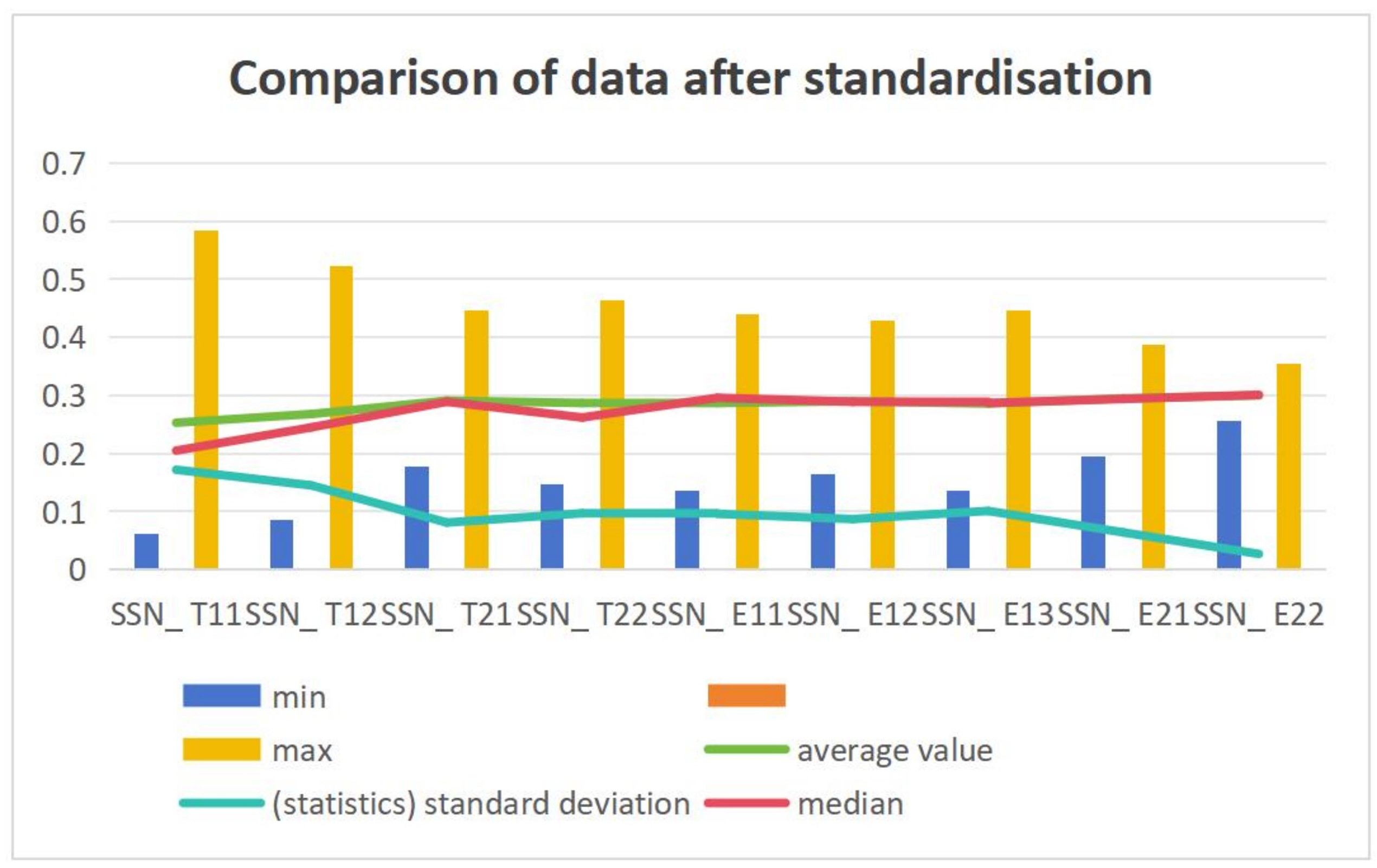


Causes and treatment of air pollution in modern Greater London
Vol 3, Issue 1, 2022
Download PDF
Abstract
Since the 19th century, the process of industrialization and urbanization in Britain has not only created huge material wealth but also had heavy negative effects on human society. Among them, air pollution is one of the costs and has become a major obstacle to the construction of an ecological city. London first analyzes and treats the causes of smoke and air pollution, and then treats the sulfur dioxide and lead pollution in automobile exhaust. Since the new century, it has focused on the monitoring and treatment of nitrogen dioxide and inhalable suspended particles. From air legislation to the mayor of Greater London’s air quality strategy, from congestion fees to low emission areas, from green travel represented by bicycles to the treatment of dust on the construction site streets, it shows that the London municipal government’s treatment of air pollution is becoming more and more in-depth and comprehensive, and the means to control air pollution are also innovating.
Keywords
References
- Greater London Authority [Internet]. Clearing the air: The mayor’s air quality strategy; 2010 Dec. Available from: www.london.gov.uk.
- Clapp BW. An environmental history of Britain since the industrial revolution. New York: Longman Publishing; 1994. p. 14.
- Stradling D, Thorsheim P. The smoke of great cities, British and American efforts to control air pollution, 1860–1914. Environmental History 1999; 4(1): 8.
- Goldsmith JR. Urban air conservation. Bulletin of the Atomic Scientists 1961; 17(9): 376–386.
- London air [Internet]. UK: Environmental Research Group (ERG). Available from: http://www.londonair. org.uk
- Best Practice Guidance. The control of dust and emissions from construction and demolition. Available from: http://legacy.london.gov.uk/mayor/ environment/air_quality/docs/construction-dust-bpg. pdf
- Wang D. Comparison of air pollution index between China and Britain. Clean and Air Conditioning Technology 2012; (1): 44–46.
- Transport for London [Internet]. London: Greater London Authority. Available from: http://www. tfl.gov.uk/roadusers/congestioncharging/6723.aspx
- London Assembly Enviornment Committee. Every breath you take: An investigation into air quality in London. London: Greater London Authority; 2009. Available from: www.london.gov.uk
- Millward D. School minibuses to be hit by pollution charge. The Daily Telegraph (Telegraph News and Media), 2007 May 11. Available from: http://www. telegraph.co.uk/earth/main.jhtml?xml=/earth/2007/11/05/eabuses105.xml.
- Air pollution leads to premature deaths of more than 4,000 Londoners a year [Internet]. London: The Guardian [updated 2010 Jun 30]. Available from: http://www.guardian.co.uk/environment/2010/jun/30/london-air-quality-premature-deaths.
- Simon B. ‘Invisible’ air pollution is the second biggest public health risk. London: Barbican Association; 2012. p. 47.
- Moorcroft S, Marner B. Review of the air quality monitoring network in London. London: Air Quality Consultants; 2011.
Supporting Agencies
Copyright (c) 2022 Zhiqiao Yu, Weifang Lu
License URL: https://creativecommons.org/licenses/by/4.0

This site is licensed under a Creative Commons Attribution 4.0 International License (CC BY 4.0).

Chinese Academy of Sciences, China
Indexing & Archiving
Asia Pacific Academy of Science Pte. Ltd. (APACSCI) specializes in international journal publishing. APACSCI adopts the open access publishing model and provides an important communication bridge for academic groups whose interest fields include engineering, technology, medicine, computer, mathematics, agriculture and forestry, and environment.



.jpg)

.jpg)



